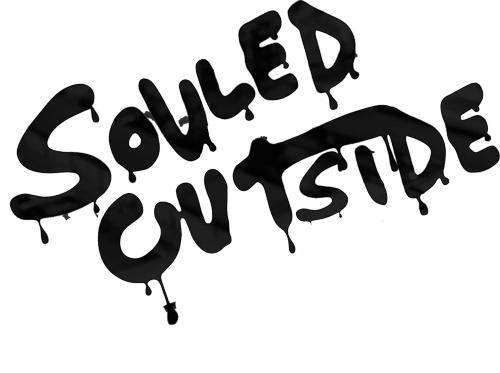It snakes for 150 miles along Australia’s southern coast, a black serpent of asphalt humming a symphony of surf and rock. At times, the highway skirts the edges of cliffs hundreds of feet in the air, only to slither gracefully down to sea level where surf breaks and beaches abound. This is the Great Ocean Road, Australia’s answer to Big Sur.
Built in the 1930’s to provide jobs for World War I veterans, the road was designed from day one to be the grandest coast road in the world. Corners would not be cut here—its route would follow the natural ebbs and flows of the land on the southernmost edge of the continent. And over 80 years since its completion, my hat is off to the men who carved this create with chisel and axe.
But The Great Ocean Road is no secret, Souled Outside destination. Any internet search of Australia is bound to put this pavement near the top of “things to do in Melbourne” or “best road trips in Australia.” But, I didn’t come here to check off an item from a bucket list, I came here to see if all of that marketing has had a negative impact on the drive. So I set out from Melbourne before dawn with plans to arrive in Torquay, the road’s starting point, at sunrise.
On the outskirts of town, a sturdy wooden arch marks the beginning of all journeys down the Great Ocean Road. It seems proudfully campy, an omen of what’s to come.
As my rental car glides under the great, wooden arch, I can hear the crashing waves of the nearby sea to the left, but I can barely see the outline of mountains looming over the coast to my right.
Ten or 12 miles roll by before the sun rises to reveal a scene pulled from the script of Point Break. Approaching the outskirts of the town of Lorne (population 1,100), I spot a handful of surfers dancing on golden waves in the morning light. This is Lorne Point, a known surf spot which features picnic tables and a horde of wild cockatoos to harass travelers with food.
At this hour, a smattering of locals can be found running the trails on top of the point, a hundred feet or so above the surf. I’m still the only car on the road, but I’m not sure whether to attribute that to the early hour or Australia’s winter, which makes the trek a chilly one.
I’ve seen moments like this before in California. In the hours near dawn, the typically crowded highway there is a quiet paradise. While other people are sleeping or—at best—grabbing their first cup of coffee, Big Sur can be seen at its most tranquil. As I crank the ignition of a vehicle more than 8,000 miles away from there, I wonder if peace on The Great Ocean Road will last the day.
The sun is a late riser. She slumbers deep into the winter in the Southern Hemisphere, only lifting her eyelids well after 7:00 a.m. By the time I stop in Lorne, she’s hopping out of the shower and getting read for work, and by the time I’ve made it another 30 miles down the road to Apollo Bay, the sun is in the midst of her morning commute.
Somehow, it’s taken me at least an hour to bridge the miles between major stops on this trail. I take time to pull over and shoot the cover photo for this story, perusing a spotless beach of weathered stone and golden sand that’s devoid of fresh human footprints until my sneakers touch down there. Advantage: Australia. While it’s true that you’ll find surf spots and beach pullouts along the Pacific Coast Highway, the road at Big Sur offers precious few opportunities to put toes in the sand.
Another cup of coffee down, and the Great Ocean Road ferries me away from the cafes of Apollo Bay and into a Eucalypt forest, where thin, towering trees form a canopy of open arms over the highway. And while the eucalpytus trees that dominate this forest are no match for the great, California redwoods, the local wildlife in these woods—kangaroos, wambats, koalas—help even the playing field.

The star attraction of the Great Ocean Road lies just over an hour and a half west of Apollo Bay. There, through the maze of forest, a spotlight shines on a giant, cliffside rock formation dubbed the 12 Apostles. You’ll recognize them from your Google Search, as nine out of ten images of the Great Ocean Road seem to proliferate from the 12 Apostles region.
By now, the sun is in the middle of her morning routine. What colors rose in the cloudy morning have disappeared, revealing this landscape in its true hues and its shapes in their true forms. All around, I spy stunning vistas filled with native wildlife, sparse farmlands and the ocassional wandering car. By my count, the past few hours on the Great Ocean Road have gone by with just a handful of other travelers in sight.
But just as I start to imagine that tranquil peace truly lasting the day, a terror literally rises from the ground—helicopters.
I am nearing the 12 Apostles.
This is the crown of the Great Ocean Road, and for $145 a head, you can spend 15 minutes aloft, overlooking its jewels. The business model is apparently a success, as the three choppers of 12 Apostles Helicopters operate at a fury rivaling Da Nang in the 1960’s.
Despite a relatively traffic free drive to the site, the parking lot (yes, there’s a parking lot) here is nearly full. I spy other American tourists in the gift shop (yes, they have that, too), as well as some European and Asian travelers. Like I said, word of The Great Ocean Road is definitely out, and that appears to be a double-edged sword.
On one hand, I see the benefit in creating an accessible, paved pathway for people of all ability levels to easily witness nature’s breathtaking beauty. Yellow warning signs emblazoned with “venomous snakes” in both English and Mandarin are the sort of government-mandated attention to the obvious that makes me chuckle. And, hey, who doesn’t want to snack on an ice cream sandwich when they’re walking along a rugged coastline? I’ll admit, it does improve the experience.
But for me, the helicopters were the last line. I explored the crown of The Great Ocean Road for over an hour, and not once did the roar of rotors cease. With each turn, I could almost feel dollars flying off of the rocks and into someone’s pockets.
This was the opposite of the impression I first found at Lorne, where surfers had simply come to play in the water. There, nature was as free as the men and women gliding through its waves. But here? At the Apostles, nature felt like a novelty.
As I plodded back to the car, I left The Great Ocean Road with a bittersweet feeling. What man loves, he sometimes destroys.
That’s not to say you shouldn’t visit The Great Ocean Road. In fact, I couldn’t recommend it more. The drive itself is worth the cost of a flight to Australia. The road does indeed rival Big Sur. In many ways, The Great Ocean Road tops the best California has to offer.
But in many other ways, this road on the edge of the Southern Ocean is a totally different experience: one that you’ll have to get lost to discover.

Getting There
The Great Ocean Road is located about two hours west of Melbourne, Australia. Round-trip flights from the U.S. range from $800 to $2,400. Souled Outside recommends setting a flight alert using Google, or regularly monitoring The Points Guy.
Melbourne Tullamarine Airport is home to most major American rental car companies. You will not need four wheel drive to explore the road, so save some money and fuel by booking a fuel efficient car. Trust us, you won’t feel the need to speed here, as the scenery is just too beautiful to blow by.
Winter travel to Australia occurs in the red hot American summer. In addition to a likely drop in traffic along the Great Ocean Road, you’ll also find friendlier rates on AirBnB and at many hotels during the “down season.”
The American dollar goes about 30% farther in Australia at the moment.
















